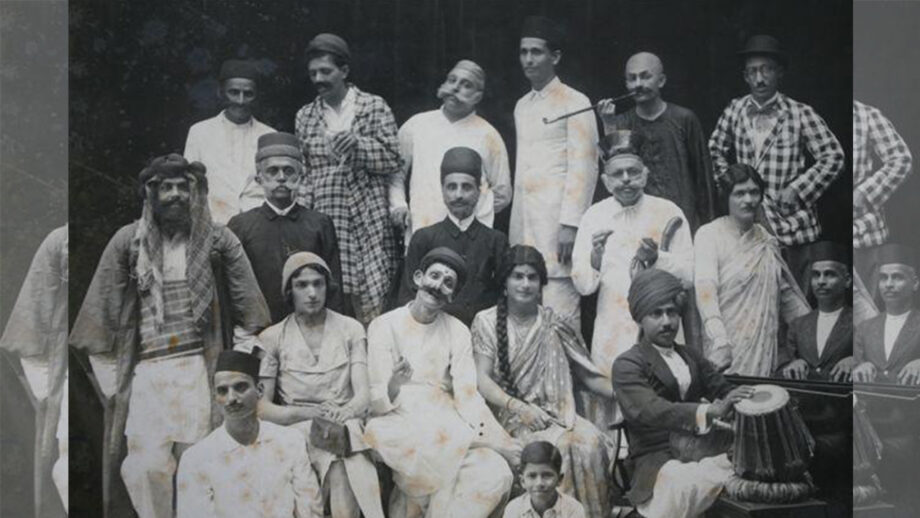Parsis have greatly contributed to the development of theatre in India as they were responsible for starting the theatre here. Parsi theatre was based on the British model and became the institution were educated people begin to develop autonomy.
This theatre began in the urban life of Mumbai and its public culture. Theatres on the Grant road in Mumbai were anonymous with the Parsi theatre during the British reign.
The first drama company named Parsee Natak Mandali was established in 1853. Faramjee G. Dalal was its proprietor and the company staged its first drama at the Grant Road Theatre titled Rustom and Shorab. The Natak “Uttejak Mandali” staged 1100 shows in 16 years.
Initially, Parsi theatre was led by educated people who desire to contribute to social betterment. They considered theatre as the medium to communicate with ordinary people.
After Bombay developed from a colonial port into the major industrial center, Parsi theatre companies were financed by shetias who had shares in these companies.
In 1870, Parsi theatre enters the face of professionalism consisting of actors drawn from Bombay slower classes.
Parsi play directors and actors were often honored publicly for their talent and contribution. When the base of Parsi theatre widened, the audiences were Hindu, Muslim, and non-Parsis.
Post-independence India, the Parsi theatre took a turn and rose to popular cinema. Adi Marzban is responsible for freeing Parsi drama from the traditional form and bringing realism in this theatre. He was a playwright, director, actor and a scriptwriter who received a UNESCO scholarship and studied at the Pasadena playhouse in the US.
The legacies of Natak continued with Parsi theatre where Zarathushti associations around the world advertise for Nataks as fundraisers for their communities.


